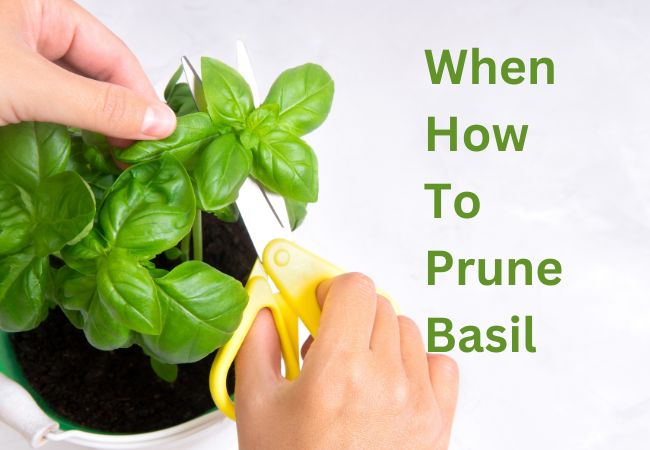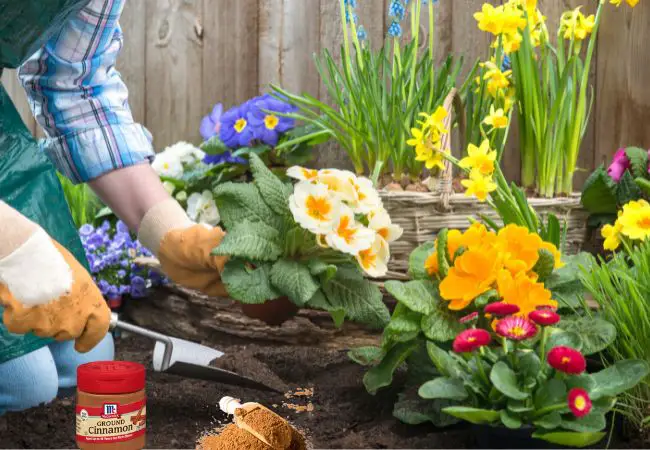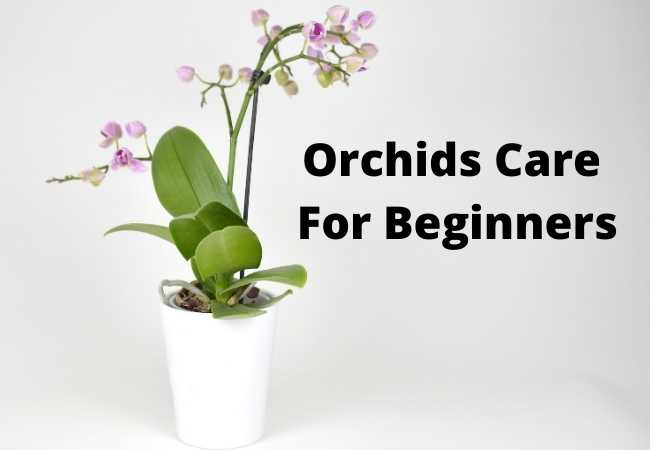Caring For Phlox Perennial Flower Plants

Here is a complete guide to caring for phlox perennial flower plants. Phlox perennial flowers, with their delicate blooms and vibrant colors, add a touch of elegance to any garden.
Caring For Phlox Perennial Flower Plants
Proper care is essential to ensure that phlox flowers thrive and grace your landscape year after year.
In this comprehensive guide, I’ll delve into the world of Phlox perennial flower plant care, covering everything from planting to propagation and troubleshooting common problems.
Understanding Phlox Perennials
Phlox, belonging to the Polemoniaceae family, encompasses a diverse group of herbaceous perennials known for their star-shaped flowers arranged in clusters.
These flowers come in a variety of colors, including shades of pink, purple, blue, and white, providing options to suit every garden palette.
Varieties of Phlox
Phlox varieties can be broadly categorized into two types:
Creeping phlox: these varieties of phlox flowers form low, spreading mats of foliage and are ideal for ground cover.
Garden phlox: these varieties of phlox flowers grow taller and produce dense flower clusters atop sturdy stems.
Ideal growing conditions for Phlox
Phlox thrives in well-draining soil with a slightly acidic to neutral pH (around 6.0 to 7.0).
They prefer full sun to partial shade, though some varieties tolerate shade better than others. Adequate air circulation is also essential to prevent fungal diseases.
Planting Phlox Perennials
Selecting the right location: Choose a location with sufficient sunlight and well-draining soil. Avoid areas prone to waterlogging, as excessive moisture can lead to root rot.
Soil preparation and planting techniques: Prepare the planting area by amending the soil with organic matter, such as compost, to improve drainage and fertility.
Dig a hole slightly larger than the root ball of the Phlox plant and gently place it in the hole, ensuring the top of the root ball is level with the soil surface.
Spacing and depth guidelines: Space Phlox plants according to their mature size, typically 12 to 18 inches apart for garden phlox and 6 to 12 inches apart for creeping phlox.
Plant them at the same depth as they were in their nursery containers, ensuring the crown of the plant is at soil level.
Watering and Moisture Management
Proper watering techniques for Phlox: Water Phlox deeply but infrequently, aiming to keep the soil consistently moist but not waterlogged.
Water at the base of the plant to prevent fungal diseases, and avoid overhead watering, especially in the evening.
Monitoring soil moisture levels: Use a moisture meter or simply check the soil with your finger to gauge moisture levels. Water when the top inch of soil feels dry to the touch.
Mulching to retain moisture and suppress weeds: Apply a layer of organic mulch, such as shredded bark or compost, around Phlox plants to help retain soil moisture, regulate temperature, and suppress weed growth.
Maintain a mulch depth of 2 to 3 inches, ensuring it does not directly touch the stems of the plants.
Fertilizing Phlox Perennials
Nutritional requirements of Phlox: Phlox plants benefit from regular feeding to support healthy growth and prolific flowering. They have moderate fertility needs and respond well to balanced fertilizers.
Choosing the right fertilizer: Use a slow-release, balanced fertilizer with equal parts nitrogen, phosphorus, and potassium (NPK), or a fertilizer formulated specifically for flowering perennials.
Apply fertilizer according to package instructions, typically in early spring as new growth emerges.
Frequency and timing of fertilization: Fertilize Phlox once in early spring and again in midsummer to provide a steady supply of nutrients throughout the growing season.
Avoid over-fertilization, as excessive nitrogen can lead to lush foliage at the expense of flowers.
Pruning and Deadheading
Importance of pruning for Phlox health and appearance: Pruning helps maintain the shape and vigor of Phlox plants, removes spent flowers, and encourages new growth and blooming.
Techniques for pruning Phlox: Use sharp, clean pruners to remove dead or diseased foliage and spent flower heads.
Cut back the stems to just above a healthy leaf node or set of leaves to promote branching and bushier growth.
Deadheading to promote continuous blooming: Deadhead Phlox regularly throughout the growing season to remove faded flowers and prevent seed formation.
This encourages the plant to redirect energy into producing new blooms, prolonging the flowering period.
Pest and Disease Management
Common pests that affect Phlox: Phlox plants may be susceptible to pests such as spider mites, aphids, and powdery mildew.
Monitor plants regularly for signs of pest infestation, including distorted foliage, stippling, or webbing.
Signs of pest infestation and prevention methods: If pest problems arise, treat affected plants promptly with insecticidal soap or neem oil, following label instructions carefully.
To prevent future infestations, promote plant health through proper watering, fertilization, and adequate spacing.
Identification and treatment of common diseases in Phlox: Phlox plants are prone to fungal diseases such as powdery mildew and botrytis blight, especially in humid conditions.
Improve air circulation around plants by spacing them properly and avoiding overhead watering.
If disease symptoms appear, treat affected plants with fungicidal sprays labeled for use on ornamental plants.
Supporting and Staking Phlox
Why supporting Phlox may be necessary: Some tall varieties of garden phlox may require support to prevent flopping or bending under the weight of flower clusters.
Methods for staking Phlox plants: Install stakes or support structures around Phlox plants early in the growing season, before they reach full height.
Use materials such as bamboo stakes or metal plant supports and gently tie the stems to the supports with soft twine or plant ties.
When and how to provide support to prevent bending or breaking: Check Phlox plants regularly for signs of leaning or bending, especially after heavy rain or wind.
Adjust supports as needed to provide adequate support without constricting the growth of the plants.
Overwintering Phlox Perennials
Preparing Phlox for winter: In late fall, cut back the foliage of Phlox plants to a few inches above the ground level. Remove all the debris or dead plant material from the garden to reduce overwintering pests and diseases.
Mulching and protection from frost: Apply a layer of mulch around Phlox plants to insulate the soil and protect the roots from freezing temperatures.
Use lightweight mulch such as straw or shredded leaves, and avoid heavy materials that may smother the plants.
Winter care practices to ensure survival: Monitor Phlox plants throughout the winter months and provide supplemental watering during dry spells, especially if there is little snow cover.
Avoid walking on frozen soil around Phlox plants to prevent damage to the roots.
Phlox Propagation Techniques
How to propagate Phlox through division: Divide mature Phlox plants every few years in early spring or late summer to rejuvenate crowded clumps and create new plants.
Dig up the plant clump and carefully separate the individual divisions, ensuring each division has a portion of healthy roots and shoots.
Propagation from seeds: tips and guidelines: Collect seeds from spent flower heads in late summer or early fall and sow them in containers or directly in the garden bed.
Keep the soil consistently moist and provide bright, indirect light for seedlings to germinate and grow.
Timing and best practices for successful propagation: Propagate Phlox plants during the optimal times for each method, taking into account the plant’s growth cycle and environmental conditions.
Provide the appropriate care and attention to newly propagated plants to ensure their establishment and growth.
Troubleshooting Common Phlox Problems
Yellowing leaves and nutrient deficiencies: Yellowing leaves may indicate nutrient deficiencies, particularly nitrogen or iron.
Amend the soil with a balanced fertilizer or targeted micronutrient supplements to correct deficiencies and promote healthy foliage.
Stunted growth and poor flowering: Stunted growth and reduced flowering may result from overcrowding, poor soil fertility, or inadequate sunlight.
Thin out overcrowded plantings, improve soil quality with organic amendments and ensure Phlox plants receive sufficient sunlight for optimal growth and flowering.
Addressing issues with leggy or overcrowded plants: Regular pruning and division can address Leggy growth and overcrowding.
Prune back leggy stems to encourage branching and denser growth, and divide overcrowded clumps to create space for healthy expansion.
Final Thoughts
In conclusion, by understanding the needs of these beautiful plants and implementing proper care techniques, you can enjoy a bountiful display of colorful blooms in your garden year after year.
I hope this post on caring for phlox perennial flower plants was helpful. If you love gardening subscribe to our newsletter and also save the pin below to receive more awesome posts.






